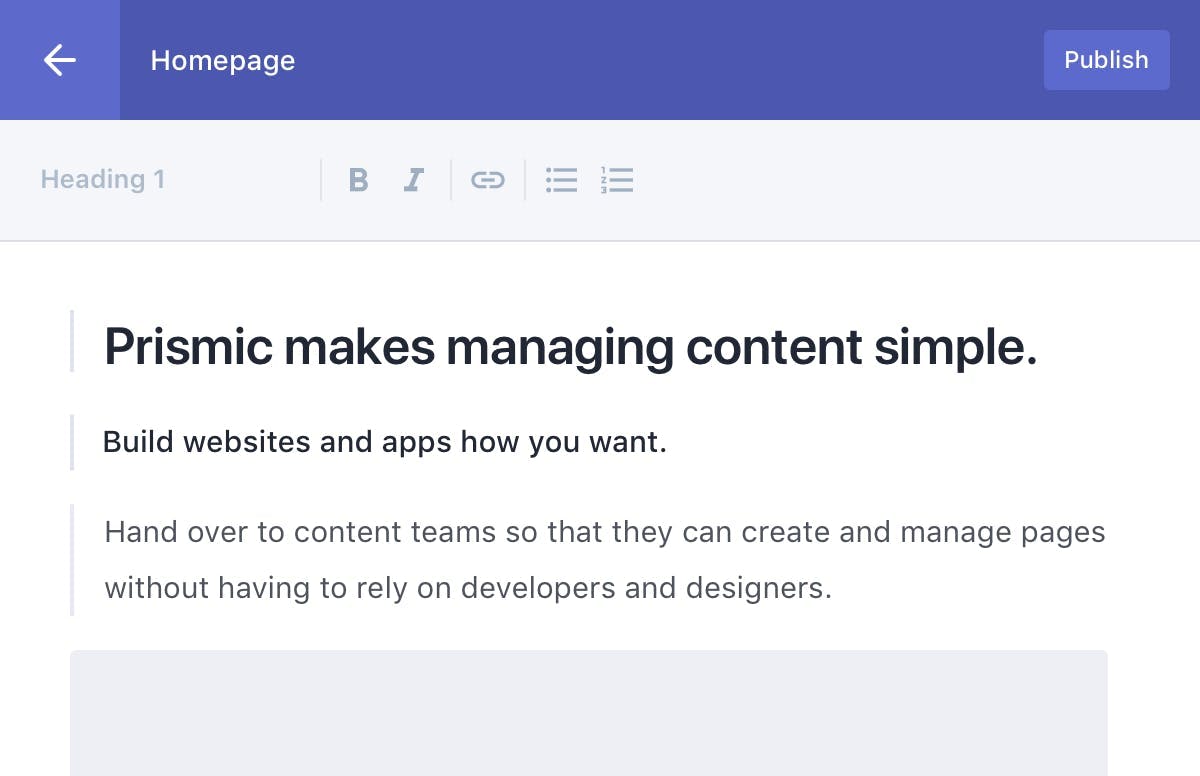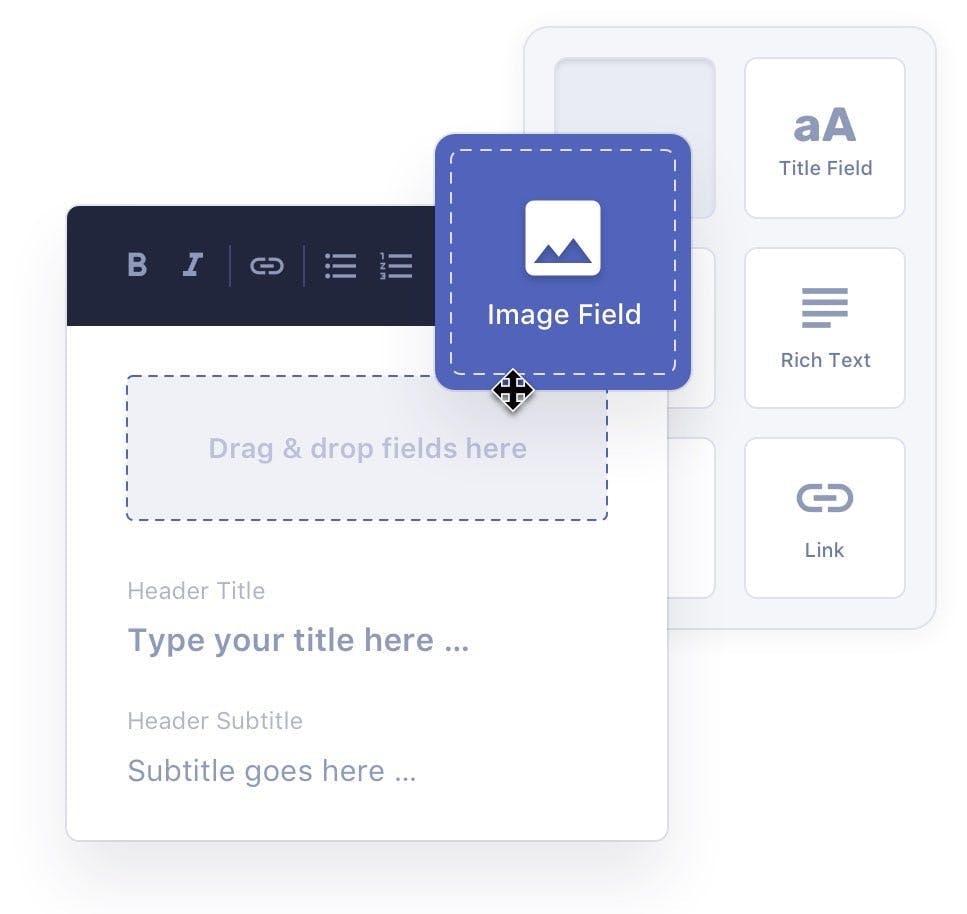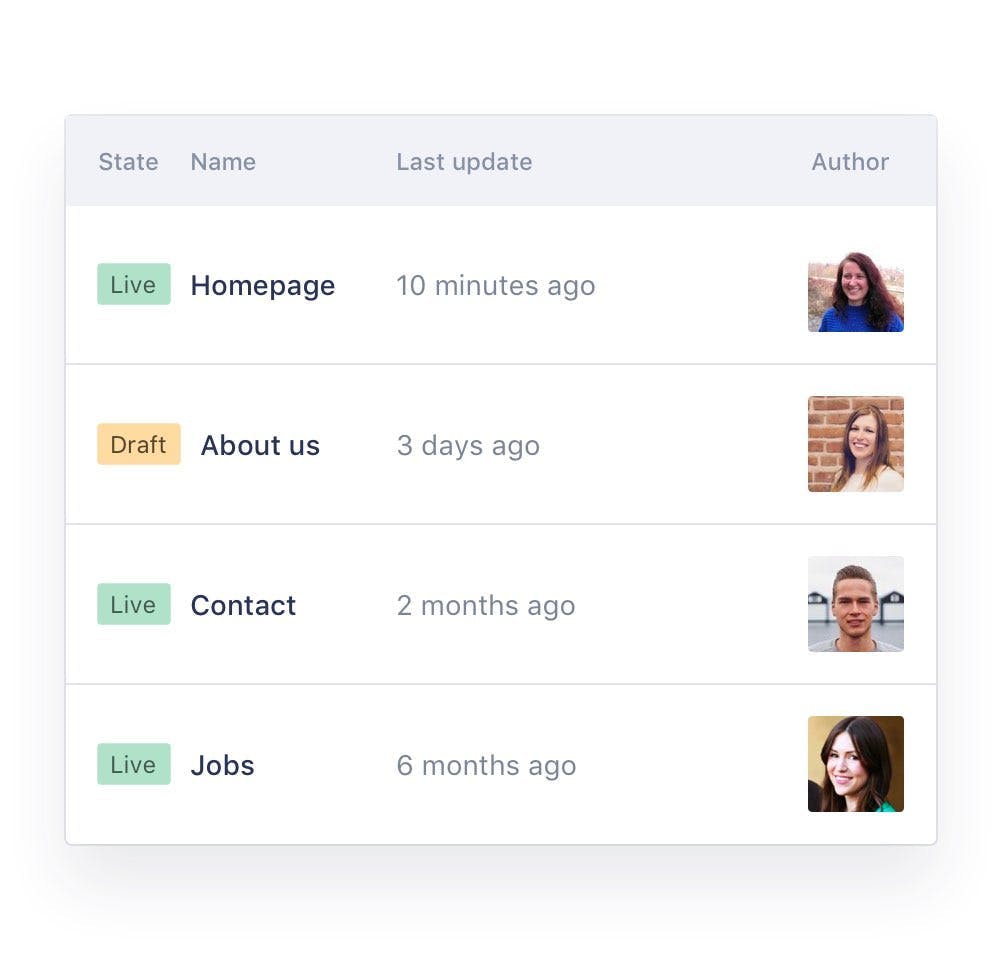The Benefits of Using a Headless CMS
Traditionally, the role of a content management system (CMS) is to publish text, multimedia, documents, metadata and structure information (typically the content of an application), as well as visual layout assets and client-side code (generally referred to as “design” or “front-end” code).
There are a number of benefits to storing and managing content and design within a CMS. The problem is, doing so will also limit your flexibility to change, modify, and add new features to your website/application.
A headless CMS can be used for multiple projects on every available channel. Content distributors can use a highly flexible API, letting them deploy content on multiple channels, all from one backend.
For example, when you use a CMS to create your front-end code (HTML/CSS), you are restricted from offering the data to third-party applications such as mobile apps or other websites/platforms.
These days, most organizations are looking to publish content, or at least have the option of publishing content, to multiple channels simultaneously. This is almost impossible to do without a headless CMS.
To solve this issue, some organizations have built custom APIs that can transfer data between traditional CMS systems, such as Wordpress, and other applications. However, in the last year or two, the headless CMS has become the way to go for many organizations and developers, because it solves this exact issue.
So what is a headless CMS? Well, as the name suggests, it’s a CMS that does not handle or create any of the client-side code (HTML/CSS); it simply manages the content and sends the data to the client-side applications.
By using a headless CMS, organizations have the flexibility to send data to multiple applications simultaneously, as well as add new features to third-party applications without needing to hack their way through dense changes to the CMS. It saves many, many development hours for organizations and gives them endless possibilities and unmatched flexibility.
The headless CMS is responsible for publishing only content and media. Layout, presentation and front-end technology are the responsibility of the development team. The headless CMS publishes content that is available to any application via API data services. This is commonly known as “content as a service” (CaaS).
This sounds like a simple solution to ensure that content is available to any channel, decoupled from the design, and it is.
Aside from content decoupling, there are a number of benefits to the headless CMS approach:
- Simplicity – the CMS implementation and code is cleaner and uncluttered by front-end code and technologies that are irrelevant to the content admins.
- Money-saving – companies no longer need large (and expensive) teams of specialist consultants who are knowledgeable in a particular CMS. Sure, some expertise is required, but not at the scale of a traditional CMS.
- Better architecture – a headless CMS is typically architected so that the CMS platform and the published content are separate. There are a huge number of benefits to this, including the following.
- Security – access to the CMS is restructured within the organization, while content that is published externally is either approved for public consumption or secured/encrypted as required.
- Scalability – if you need to add more servers to prop up demand for a particular application, simply spin up a new app server and point it to the content.
- Availability – should the CMS application go offline, the web applications would not be impacted.
- Future proof – if you wish to rebuild one of your client-side applications in the future, you won’t need to make any changes to the CMS, as it is completely disconnected.
For more information on how you can benefit from a new, custom-built, headless-CMS website, feel free to contact us via email at [email protected].



